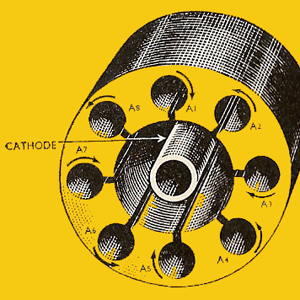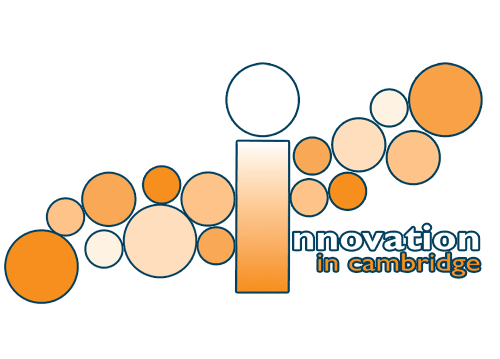 |
|||

|
In 1922, two former Tufts University students, Lawrence K. Marshall and Vannevar Bush, along with Harvard physicist Charles G. Smith, founded the American Appliance Company in Cambridge, Massachusetts. Initially interested in refrigeration technology, they soon shifted their attention to electronics and had their breakthrough with a helium rectifier. This innovation essentially eliminated the need for expensive, short-lived batteries. The application for this was quickly transferred to radios, a market facing rapidly increasing consumer demand in the 1920s. The tube that made this all possible was named Raytheon, meaning “god of life” in Greek, and this company was renamed the Raytheon Manufacturing Company in 1925 after the success of this first product. As the company grew they diversified and within a decade were involved in the manufacture of electron tubes and switches, transformers, power equipment, electronic automobile parts, and vacuum tubes. Diversification in products and in investments with other companies kept Raytheon successful during the 1930s. As the 1940s dawned President Franklin Delano Roosevelt authorized the development of radar technologies through the joint efforts of American and British scientists. MIT's Radiation Laboratory pioneered innovation of radar technology and chose Raytheon to develop the top secret cavity magnetron, the vacuum tube that made microwave radar a possibility. In 1941, the potential of radar was realized as Raytheon was awarded the contract for 100 radar systems for Allied naval ships. By the end of the war, Raytheon magnetrons accounted for 80 percent of the radar magnetrons produced during the war. While the MIT Rad Lab continued work on theoretical applications of microwave technology with Raytheon's products, at Raytheon headquarters, as the story has it, an innovation developed by accident revolutionized life across the entire globe. Raytheon scientist, Percy Spencer, working on microwaves noticed that a chocolate bar in his pocket melted while he was in the laboratory. Intrigued, he brought in popcorn kernels and was astounded to watch them pop. Whether this tale indeed took place, or is just an nice anecdote, it is certain that Spencer and others set to work on the application of microwave technology for cooking and heating food. In 1947, Raytheon introduced the Radarange microwave for commercial use—a technology which hinted at a change to the notion of cooking forever. Following the war, Raytheon's business was booming and the company was again quick to diversify beyond defense contracts. April 1945 saw the purchase of Belmont Electronics, a Chicago company working on television for the commercial market. Soon after, Russell Electric and then Boston-based Submarine Signal Company were also added to the Raytheon fold. Sub-Sig, as it was known, added sonar knowledge to Raytheon's strong radar expertise. Subsequent American wars would see booms in Raytheon's growth and influence, with increasingly sophisticated weapons technology. Despite the undeniable importance of Raytheon's military role, defense technology is not the entirety of the company's innovation. As the world was revolutionized by microwaves Raytheon continued to grow. Caloric Corporation, manufacturer of gas ranges and appliances; E.B. Badger Co. Inc., designer and builder of petroleum and petrochemical plants; United Engineers and Constructors, designer and builder of power plants; D.C. Heath & Company, a textbook publisher; and Seismograph Service Corporation, a geological survey company, were all absorbed by Raytheon. Raytheon has continued to grow and acquire a wide array of companies. After the Reagon administration the company shifted back towards defense contracts. Today, it remains the third largest defense contractor, behind only Boeing Company and Lockheed Martin Company. From its earliest roots in Cambridge, multiple locations, global investing and relationships, and billion dollar contracts underlie the importance of Raytheon today. Raytheon innovations have altered the world, starting with technology to win WWII, and including the first commercial microwave, miniature tubes for hearing aids, the Fathometer depth sounder, mass production of magnetron tubes, early shipboard radar, the first successful missile guidance system, the Apollo Guidance Computer which landed men on the moon, mobile radio telephones, the first combat-proven air defense air defense missile system, and Terminal Doppler Weather Radar. The innovations of Raytheon are pervasive, in both our everyday homes and in continuing national defense contracts, and the impact of the work done in Cambridge’s Raytheon are some of the most important today. For additional reading, see:
|
||

